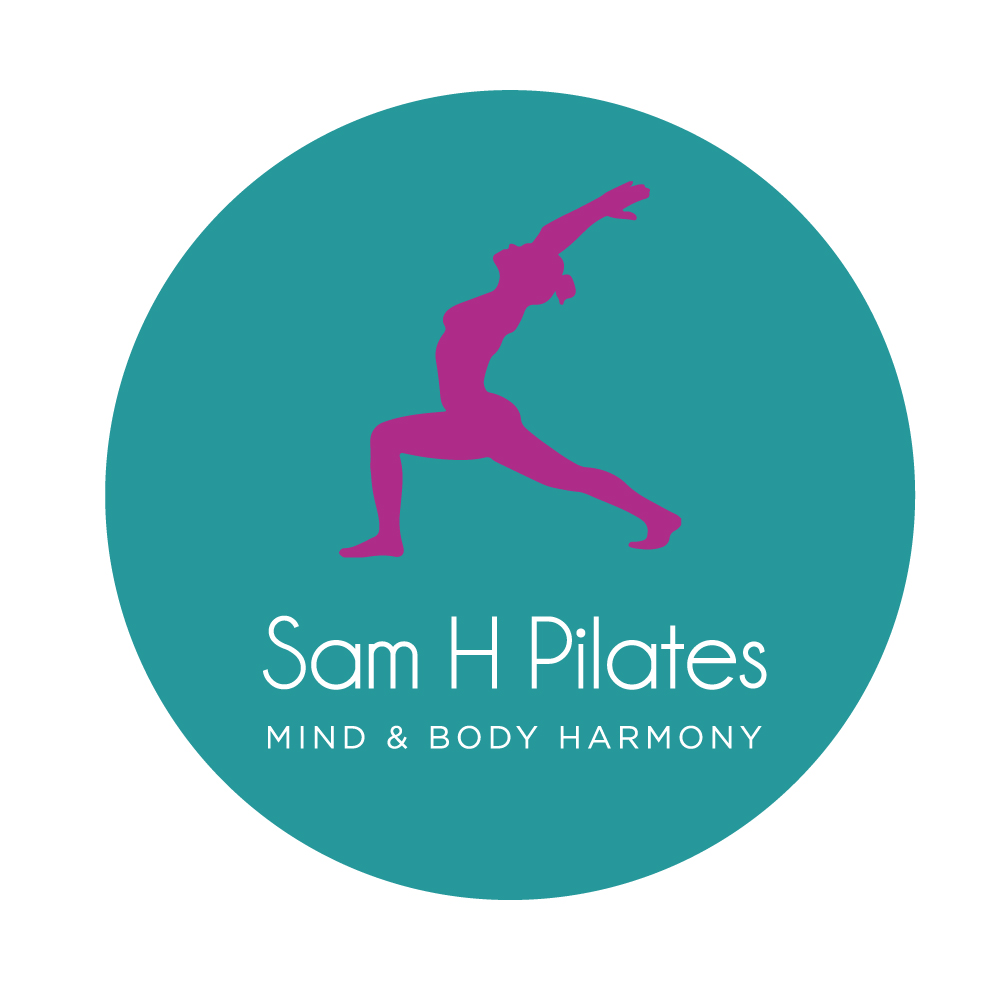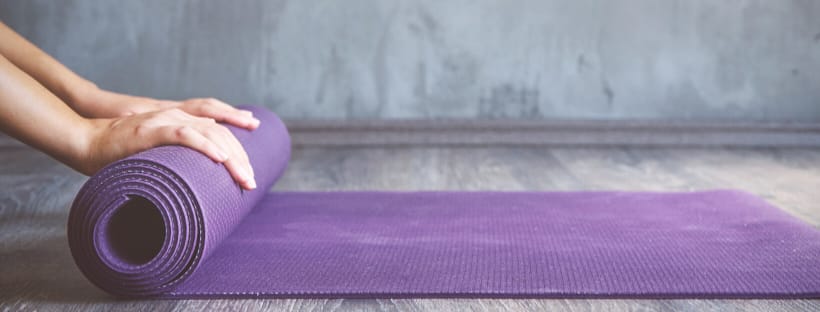Weekly Update
Why Zone 2 training deserves your attention
If you’ve been around the fitness world lately, you’ve probably heard people talking about Zone 2 training – how it’s the key to endurance, fat burning, and even longevity.
But what does it really mean, and should you be incorporating it into your routine?
The 5 Heart Rate Zones
Your heart rate during exercise falls into different ‘zones’ which reflect how hard your body is working.
These zones are calculated as a percentage of your maximum heart rate (MHR) – a rough estimate is 220 minus your age.
Zone 1 (Very Light – 50–60% MHR)
Feel – super easy, like a slow walk.
Benefit – recovery, circulation, warming up.
Zone 2 (Light – 60–70% MHR)
Feel – comfortable but steady; you can hold a conversation.
Benefit – improves endurance, fat metabolism, and overall cardiovascular health
Zone 3 (Moderate – 70–80% MHR)
Feel – breathing deeper, but still sustainable.
Benefit – builds stamina and aerobic capacity.
Zone 4 (Hard – 80–90% MHR)
Feel – difficult, short sentences only.
Benefit – increases speed and lactate threshold (important for high-intensity efforts).
Zone 5 (Maximum – 90–100% MHR)
Feel – all-out effort, breathless.
Benefit – boosts VO₂ max, explosive power.
Why is Zone 2 training so popular?
Zone 2 is the sweet spot for endurance and health. It’s not about pushing hard – it’s about building a strong foundation so your body becomes more efficient at using oxygen and burning fat.
Key benefits of Zone 2 training
✔ Improves endurance – strengthens your aerobic base, making other workouts feel easier.
✔ Enhances fat metabolism – helps your body rely more on fat for energy, rather than carbs.
✔ Boosts mitochondrial function – more mitochondria = better energy production and recovery.
✔ Supports heart health – reduces resting heart rate and improves overall cardiovascular function.
✔ Aids in recovery – less strain on the body, making it a great low-stress training tool.
Should you add Zone 2 to your training?
If your workouts are mostly strength-based or high-intensity, Zone 2 training could be a game-changer.
It helps balance out the stress on your body and improves endurance without the wear and tear of constant hard sessions.
How to incorporate Zone 2 training
- Method: Cycling, brisk walking, jogging, rowing – any steady-state movement.
- Duration: 45–60 minutes per session.
- Frequency: 1–3 times per week, depending on your goals.
- Effort level: You should be able to hold a conversation but still feel like you’re working.
Zone 2 might feel too easy at first
But give it a chance – it could help you recover faster, perform better, and feel more energised overall.
Zone 2 training isn’t a trend (yay!) – it’s a foundational piece of fitness that many people overlook
Whether you’re an endurance athlete or someone who just wants to improve overall health, spending time in this zone can lead to big, long-term benefits.
Sam ‘has a playlist for Zone 2’ Hobbs



